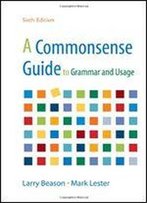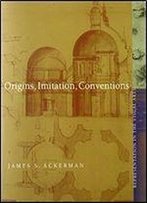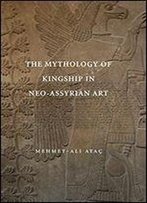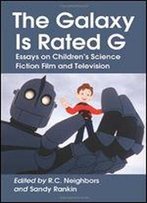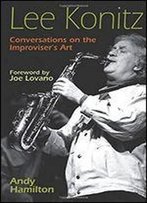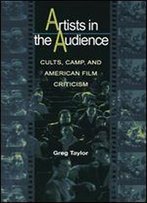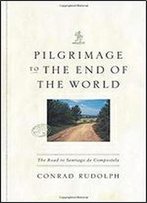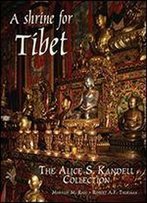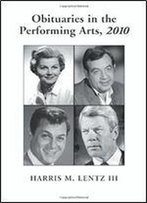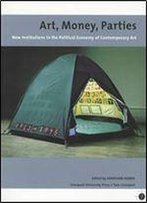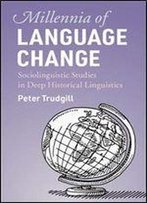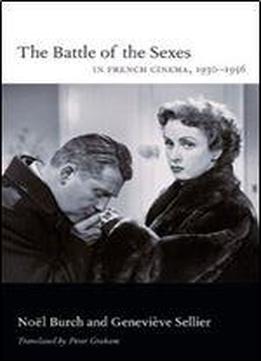
The Battle Of The Sexes In French Cinema, 19301956
by Noel Burch /
2013 / French / PDF
3.1 MB Download
In The Battle of the Sexes in French Cinema, 1930–1956, Noel Burch and Genevieve Sellier adopt a sociocultural approach to films made in France before, during, and after World War II, paying particular attention to the Occupation years (1940–44). The authors contend that the films produced from the 1930s until 1956—when the state began to subsidize the movie industry, facilitating the emergence of an "auteur cinema"—are important, both as historical texts and as sources of entertainment.
Citing more than 300 films and providing many in-depth interpretations, Burch and Sellier argue that films made in France between 1930 and 1956 created a national imaginary that equated masculinity with French identity. They track the changing representations of masculinity, explaining how the strong patriarch who saved fallen or troubled women from themselves in prewar films gave way to the impotent, unworthy, or incapable father figure of the Occupation. After the Liberation, the patriarch reemerged as protector and provider alongside assertive women who figured as threats not only to themselves but to society as a wholeIn The Battle of the Sexes in French Cinema, 19301956, Nol Burch and Genevive Sellier adopt a sociocultural approach to films made in France before, during, and after World War II, paying particular attention to the Occupation years (194044). The authors contend that the films produced from the 1930s until 1956when the state began to subsidize the movie industry, facilitating the emergence of an "auteur cinema"are important, both as historical texts and as sources of entertainment.
Citing more than 300 films and providing many in-depth interpretations, Burch and Sellier argue that films made in France between 1930 and 1956 created a national imaginary that equated masculinity with French identity. They track the changing representations of masculinity, explaining how the strong patriarch who saved fallen or troubled women from themselves in prewar films gave way to the impotent, unworthy, or incapable father figure of the Occupation. After the Liberation, the patriarch reemerged as protector and provider alongside assertive women who figured as threats not only to themselves but to society as a whole.
